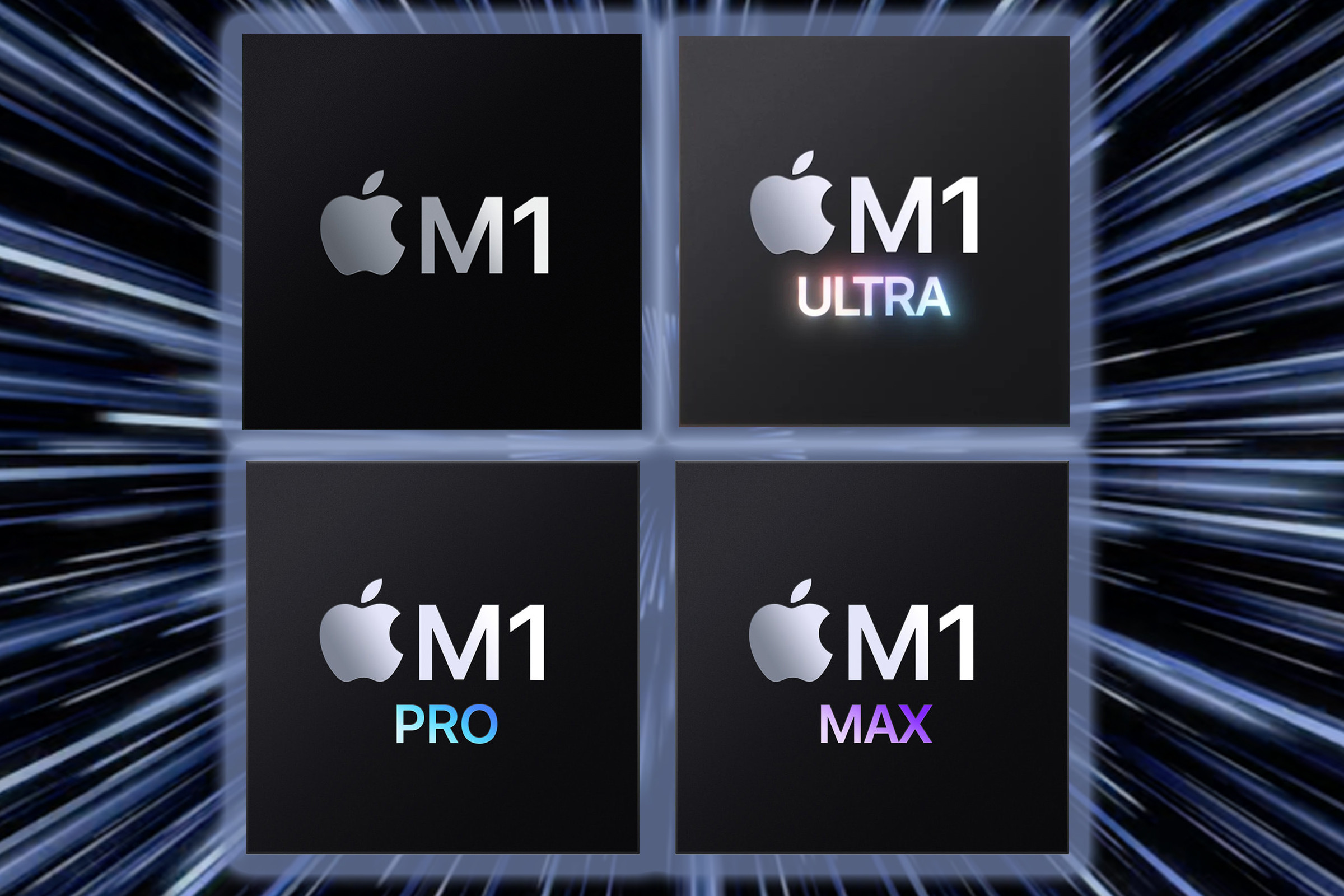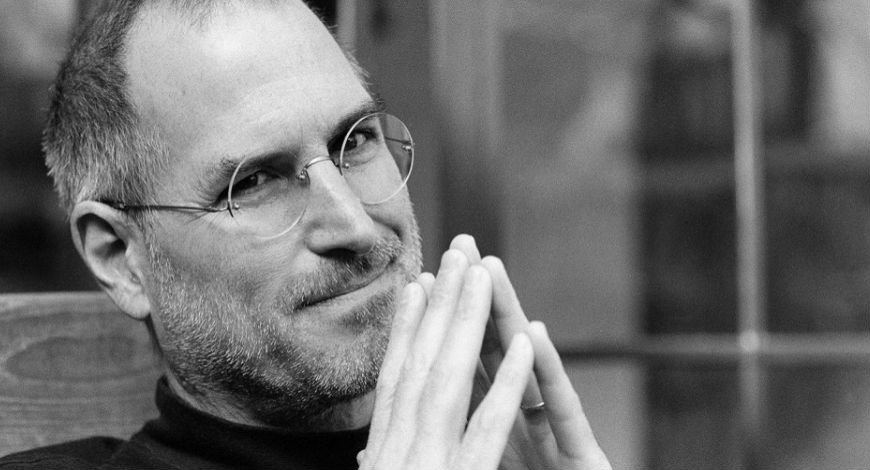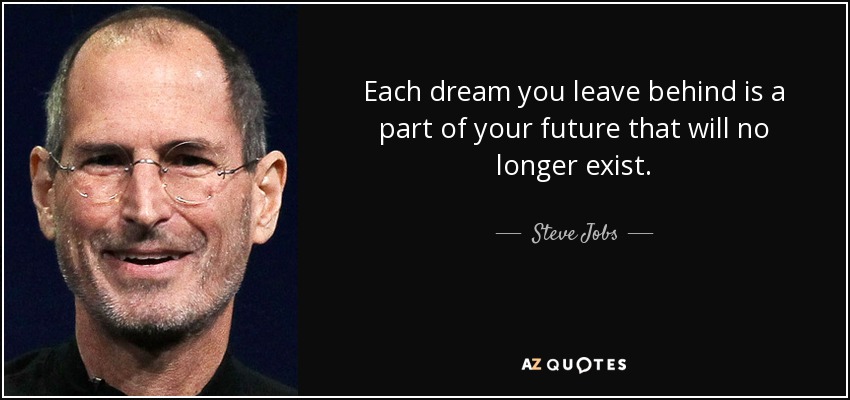
Machine learning has a history that dates back to 17th century. Machines can learn tasks not explicitly programmed for. These machines can be trained to work in unfamiliar environments. What is the history of machine-learning? You can find out more by reading the following. It is an important topic that engineers and computer scientists can both learn from. If you're interested in the history of machine learning, you'll appreciate this article.
Neural networks
Artificial neural networks were first invented in 1943 by a neurophysiologist and a mathematician, named Walter Pitts and Warren Sturgis McCulloch. Their work was pivotal in creating the foundation for neural network technology. The logic gates were used to model neurons by the scientists. They were able to show that an input is active and an output is active. In essence, they were able to simplify the functioning of the brain, and thus, paved the way for machine learning.
Convolutional neural networks
Convolutional neural systems are made up multiple layers of artificial cells. Each neuron is a mathematical function that calculates an activation, a weighted sum from its inputs and outputs. When given pixel values, the artificial neurons are taught to recognize different visual features. CNN starts with a convolutional layer. The input image is the raw data. Each layer then generates activation mappings that highlight various features of the image.

Boosting
The concept of boosting is not new, but it was only in the 1990s that the term was first used in the context of machine learning. It is an algorithm that transforms weak learners into stronger learners to help reduce bias in supervised-learning. Robert Schapire was the first to propose the concept of boosting. In 1990, he wrote a paper that described how weak classifiers could be made strong. Strong learners align well with the real classification while weak learners are only slightly correlated to the true classification.
Turing test
The Turing Test is one of the most important concepts within the philosophy of artificial Intelligence. A computer is used as an interrogator. The machine must be capable of producing an inquiry that the human interrogator cannot understand. The Turing Test is passed if the machine can do this. This test attracts projects that are primarily designed to fool judges.
Deep learning
Machine learning and deep-learning have their roots in 1965, when Valentin Grigoryevich Lapa and Alex Grigoryevich Ivakhnenko devised an algorithm that employed polynomial activation factors. The idea was replicate the brain's neural network by analysing data. However, funding was not available for artificial intelligence research in the 1960s. Individuals continued to work on it.

FAQ
Do I need to buy a second hard drive for my Xbox One?
You don’t need to have a separate hard-drive. Instead, you can use the included hard drive as part the system.
What is the total number of games each console can hold?
Xbox One offers 1TB of storage. This gives you enough space to store thousands more games. PS4 has 500 GB internal memory. That's enough storage to hold hundreds of video games.
Which gaming laptop works best for you?
When selecting a gaming computer, there are many factors you need to consider. Here are some things to think about :
-
What kinds of games will you be playing? Are you interested more in strategy games, such as Civilization, or first-person shooters?
-
Do you prefer a keyboard or a touchpad?
-
What size screen do I need?
-
How much power do you need?
-
How much RAM do you want?
There are so many options today, it can be hard choosing one. We have done the research for your and identified the top 10 laptops that will meet all of your requirements.
Statistics
- The pay-to-play PC version accounts for 3% of players. (en.wikipedia.org)
- If you were planning on getting Game Pass Ultimate anyway, All Access basically represents 0% financing plus a small Game Pass discount. (nytimes.com)
- Estimates range from 505 million peak daily players[10]to over 1 billion total players.[11][12] The free-to-play mobile version accounts for 97% of players. (en.wikipedia.org)
- If his downcard is likely a 10, make your move accordingly. (edge.twinspires.com)
External Links
How To
How to become the Best Video Gamer
Video games are a popular hobby. Every day millions play video games. Some even spend their entire life playing videogames. How can you get started with this hobby? And what should you know before starting your journey? We'll share some tips that will help you be the best videogamer possible.
-
Choose the right games You must first consider whether you enjoy the game. If you don’t like it, it’s a waste of money to buy it and play it. You'll just end up hating it. It's important to pick something you love playing.
-
Play online. These days, there are many free games available online. You can easily find hundreds of different types of games. If you are looking for new friends, it is simple to find someone you can play with. Online gaming allows you the opportunity to play against other gamers around the world. This gives you the opportunity to win prizes or earn achievements.
-
Practice makes perfect. If you want to become the best video player, you need to practice. Video games require many skills. These skills can only be improved by practicing them. You should play as much as possible. Don't forget to take breaks from time to time so you won't burn out too quickly.
-
Find your favourite game. Once you have enough practice, you'll know which game you love the most. After you have chosen your favorite game, start to master it. Mastering a single game takes a lot of effort. Don't expect to be able to master a single game in a matter of hours. Instead, continue practicing and improving until perfection.
-
Have fun playing.